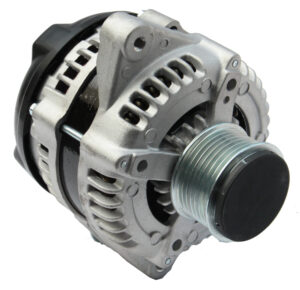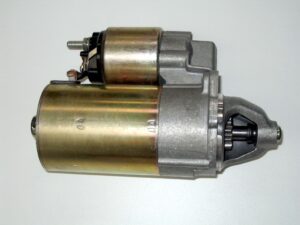Tire Repair
- Home
- Tires & Wheels
- Tire Repair
Puncture Repair Procedures for Passenger and Light Truck Tires
*The excerpts are cited from the Rubber Manufacturers Association’s “Puncture Repair Procedures for Passenger and Light Truck Tires” wall chart, which contains the industry recommended puncture repair procedures for all tire repair technicians and facilities.
Repairs must be performed by removing the tire from the rim/wheel assembly to perform a complete inspection to assess all damage that may be present. Repairs are limited to the tread area only (see graphic).

Puncture injury cannot be greater than 1/4-inch (6mm) in diameter; DO NOT make repairs where the injury damage extends into the shoulder/belt edge area OR where the injury extends at an angle into the shoulder area. If there is any question that the injury extends into the shoulder/belt edge area, then the tire must be taken out of service.
A plug by itself or a patch by itself is an unacceptable repair.
Repairs cannot overlap. A rubber stem, or plug, must be applied to fill the puncture injury and a patch must be applied to seal the inner liner. A common repair unit is a one-piece combination unit with a stem and patch.
Not all tires can be repaired. Specific repair limits should be based on recommendations or repair policy of the tire manufacturer and/or type of tire service.





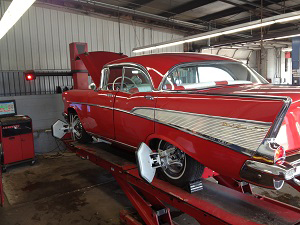 Wheel Alignment along with tire/wheel balancing will help your tires last much longer, but they are two different things. A wheel alignment may be needed if your vehicle is pulling to the left or right when the steering wheel is in the straight ahead position or if your tires are wearing unevenly.
Wheel Alignment along with tire/wheel balancing will help your tires last much longer, but they are two different things. A wheel alignment may be needed if your vehicle is pulling to the left or right when the steering wheel is in the straight ahead position or if your tires are wearing unevenly.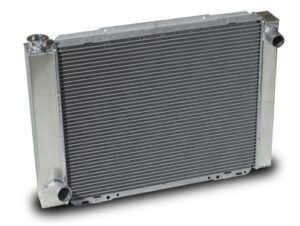 Coolant, also known as antifreeze is found in your vehicle’s radiator. The coolant serves a few purposes, the most important is keeping water in your radiator and engine from freezing in cold temperatures and from boiling over in the summer from the hot weather. Radiators are normally filled with a 50/50 mixture of antifreeze and water. Another function of the coolant is lubrication of the moving parts it comes in contact with, like the water pump.
Coolant, also known as antifreeze is found in your vehicle’s radiator. The coolant serves a few purposes, the most important is keeping water in your radiator and engine from freezing in cold temperatures and from boiling over in the summer from the hot weather. Radiators are normally filled with a 50/50 mixture of antifreeze and water. Another function of the coolant is lubrication of the moving parts it comes in contact with, like the water pump.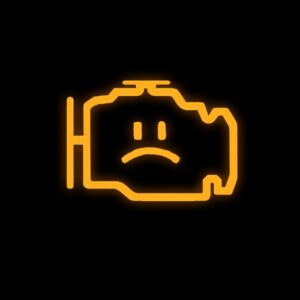 Our Master Certified Technicians can perform a computerized engine analysis on your vehicle to keep your vehicles engine operating perfectly. Today’s vehicle engine operates completely different than days gone by. Your engine is a highly sophisticated piece of equipment and present day regulations demand that vehicles be equipped with electronic engine control systems that help curb carbon emissions and increase fuel efficiency.
Our Master Certified Technicians can perform a computerized engine analysis on your vehicle to keep your vehicles engine operating perfectly. Today’s vehicle engine operates completely different than days gone by. Your engine is a highly sophisticated piece of equipment and present day regulations demand that vehicles be equipped with electronic engine control systems that help curb carbon emissions and increase fuel efficiency.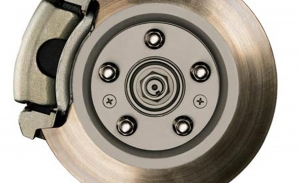
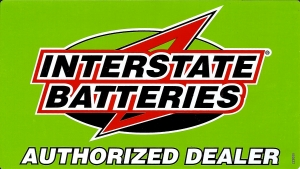
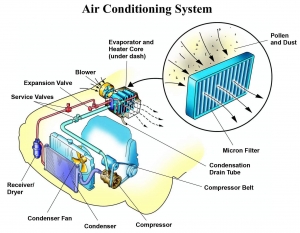 Your vehicle’s air conditioning system is responsible for many aspects of the cooling and heating system in your vehicle. You know that the air conditioning system cools your car in the summer, but it also plays an important role in the heating, defrosting, air filtering and humidity control, providing you with a clear view of the road.
Your vehicle’s air conditioning system is responsible for many aspects of the cooling and heating system in your vehicle. You know that the air conditioning system cools your car in the summer, but it also plays an important role in the heating, defrosting, air filtering and humidity control, providing you with a clear view of the road.